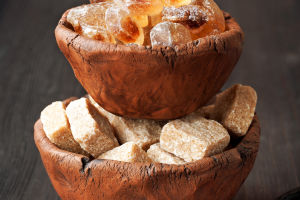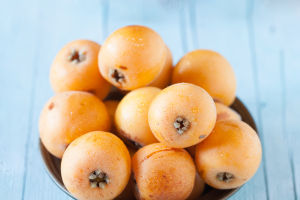Fragrance Of Rambutan
Rambutan is a tropical fruit native to Southeast Asia. It is closely related to other fruits such as lychee and longan. The fruit of the rambutan plant is round or oval and usually about the size of a golf ball, although the size can vary.
The rind is red or yellow, covered with soft, fleshy spines, and is usually green or brown. As the fruit ripens, the skin becomes easier to peel off, revealing the juicy, translucent flesh inside.
The pulp of rambutan is white or light pink, sweet, and slightly sour. It has a similar flavor and texture to lychee. The center of the fruit contains an inedible seed.
Rambutan is usually eaten fresh as a snack and is also used in a variety of desserts, salads, and beverages. It is a common ingredient in tropical fruits. Known for its high water content and nutritional value, rambutan provides vitamin C, fiber, and other beneficial compounds.
Rambutan trees thrive in warm, humid climates and are grown in several Southeast Asian countries including Indonesia, Thailand, Malaysia, and the Philippines.
In recent years, rambutan has grown in popularity in other parts of the world, and it can sometimes be found in specialty markets or grocery stores in areas that are rich in a variety of tropical fruits.
In addition to being edible, rambutan has the following values:
Medicinal Uses: Rambutan has some medicinal properties and is used in traditional herbal medicine to treat a number of ailments. Different parts of its roots, leaves, and fruit are used to treat diarrhea, digestive problems, fever, pain, and other health problems.
Skin care products: Rambutan is rich in antioxidant substances, which can help resist free radical damage and help maintain skin health. Some skin care companies use rambutan extracts to create antioxidant creams, lotions, and masks for skin protection and beauty benefits.
Dye: The root of rambutan can be used as a natural dye, which can be used to dye textiles, food, and handicrafts. These dyes typically exhibit a red to purple hue.
Wood: The hard and durable wood of the rambutan tree is often used in the manufacture of furniture, wood floors, construction, and crafts.
Feed: Farmers in some places use rambutan fruit as fodder for poultry and livestock breeding to provide nutrition and energy.
Beverage Additive: Rambutan juice can be used as an additive in beverages, adding natural sweetness and color to beverages. It is commonly used to make juices, cold drinks, and flavored drinks.
Food additives: Some ingredients in rambutan extract can be used as food additives to improve the taste and color of food. It can be used in the manufacture of pastry, ice cream, candy, jam, and other food.
Nutritional supplements: Rambutan is rich in vitamin C, carotene, and antioxidant substances, so it can be used as an ingredient in nutritional supplements to maintain the health of the body and the function of the immune system.
Source of cellulose: Rambutan fruit is rich in dietary fiber, which can be used to prepare cellulose supplements or increase fiber content in food processing.
Decorative plants: The rambutan plant itself and its bright flowers and fruits are often used as horticultural decorative plants to beautify courtyards and gardens.
Environmentally friendly materials: The roots and stems of the rambutan tree can be used to make environmentally friendly materials such as pulp, paper, and biomass fuels.
Let us walk into the world of rambutan, feel the gift of nature, and taste its gorgeous color, fragrant aroma, and rich nutrition. Rambutan, let us reconnect with nature and rediscover the splendid feast of natural beauty.


